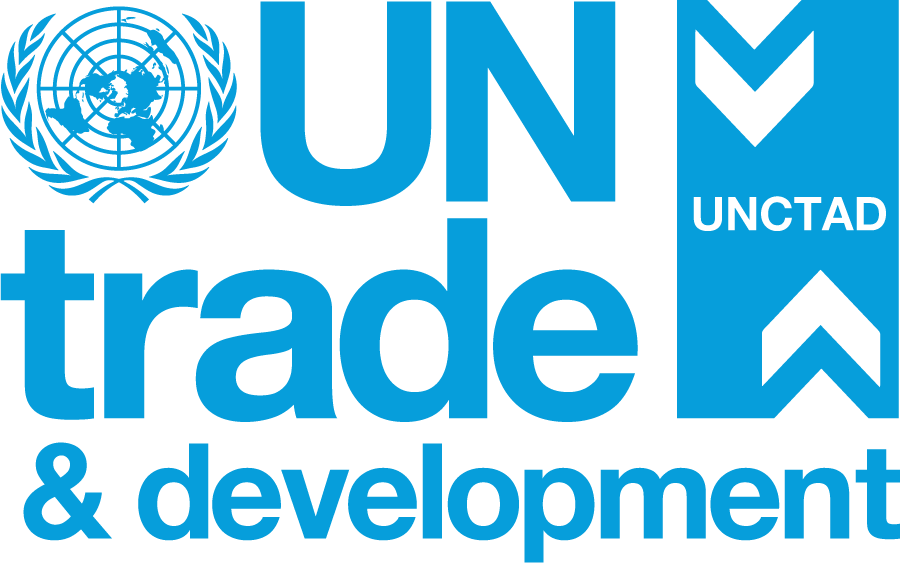By Ralf Peters and Divya Prabhakar, UNCTAD

Photo: Oliver Holzbauer
Brazil, India, Laos, Nepal, Peru, Thailand: new and even more catastrophic waves of COVID-19 have hit the developing world. On top of this, the world is also witnessing another phenomenon – vaccine nationalism.
Come summer, wealthy nations are beginning to return to normal, while the rest of the world continues the struggle to vaccinate its population. Many are eyeing the G7 countries, who are set to meet in June, to lead the way to vaccine equity. But two questions persist: why are vaccines not reaching everyone? And what can we do about it?
As the pharmaceutical powerhouse of the world and a key supplier of the COVAX initiative, India was poised to help a great number of developing and least developed countries by supplying COVID vaccines. However, facing a catastrophic second wave itself, it has not only stopped exporting vaccines, but is now beginning to import them.
The implications of this could be severe, particularly for poorer countries that were depending on India. The ripple effects would hit the most vulnerable countries the hardest, leaving them behind in the respective vaccination drives.
60% of vaccines for 20% of the population
The WHO has already warned of a new wave in Africa, where vaccine imports have slowed down since India stopped exporting. But it is not just India.
Other vaccine producing countries like the US and the European Union have imposed restrictions on exports of vaccines and critical raw materials needed for its production. This is despite having already hoarded over 60% of the world’s vaccines before they were even approved for use. These developed countries comprise no more than 20% of world’s population.
Figure 1: COVID-19 vaccine doses administered per 100 people

Source: Our World in Data, June 8, 2021
The production of vaccines is highly concentrated, mainly in a small number of higher and middle-income countries. The necessary raw materials, too, are imported from only a handful of countries.
The two top exporters of key ingredients, for instance, are the US and the EU – which account for half of total exports – followed by the UK, Japan and China, with significantly smaller shares. This implies that restrictions on exports of vaccines or other critical raw material and equipment by even one or two countries can easily send shockwaves through the rest of the world, derailing the entire vaccine production and distribution effort, as we see at present.
Export restrictions are not exclusive to vaccines. Over 80 countries had resorted to banning exports of medical and personal protective goods in the early phases of the pandemic. This too had severe supply chain implications. Nearly 60% of these curbs are still in place.
Figure 2: Trade measures (December 2019 - March 2021)

Source: COVID-19 and NTMs (UNCTAD)
Ultimately, these export restrictions may come back to bite the countries who imposed them. As the virus continues to mutate, it may render vaccines ineffective and the already vaccinated less immune. The global economy, too, will not revive until everyone is vaccinated, since lockdowns and social distancing norms in key manufacturing locations continue to curtail global trade. Besides, this is a huge moral failure on the part of the global community.
A turning point?
The subject of export restrictions should be tackled at the WTO. The pandemic should serve as both a reference and a turning point. Reviving the debate around emergency export bans should form a key part of the WTO reform agenda.
The current rules allow for temporary export restrictions or prohibitions to prevent or relieve critical shortages of essential products, provided all measures are communicated, have phase out timelines and are proportionate to the scale of the problem at hand. But who decides what constitutes proportionate, and what timeline is reasonable?
Export restrictions are sometimes seen as a necessary instrument to ensure popular acceptance of multilateral trade agreements. The latter is important. However, open markets do not fit with sudden export restrictions during a pandemic.
It is perhaps time for stricter rules on essential goods, which can ensure transparency through more effective monitoring and review of members states’ trade policies during emergencies. Some sort of “compulsory” provisions to ensure that dependent countries’ interests are accounted for in emergency situations should be agreed upon. The declaration of a pandemic by the WHO could be one objective trigger for the state of emergency, a declaration by the FAO of a food shortage another.
A recent UN policy brief calls for an agreement not to impose export restrictions on essential foodstuffs destined for food-deficit developing countries during an emergency situation. Achieving full transparency through strengthened notifications is a relatively low hanging fruit, but already an important measure. Special and differential treatment provisions, without much wriggle room for major exporters, should be emphasised. The global community needs to present a united front now so that everyone is equally prepared in future crises.
Outside the WTO, national governments and the private sector will have to reduce their over-reliance on a small number of manufacturing sites for vaccines or other pharmaceutical goods, which, as the pandemic has shown, can be quite costly.
In 2019, close to 40% of registered manufacturing sites for active pharmaceutical ingredients were located in India and China. Germany, the United States, and Switzerland supply 35% of medical products. Creating new, more decentralized supply chains should be the new post-pandemic mantra. Many developing countries, particularly in Africa, need to curb their over reliance on imports for pharmaceuticals, and set up their own capacity.
The article was first published as a London School of Economics blog.
Ralf Peters is the chief of UNCTAD's trade information section. Divya Praghakar is a trade and development policy specialist working in the same section.



